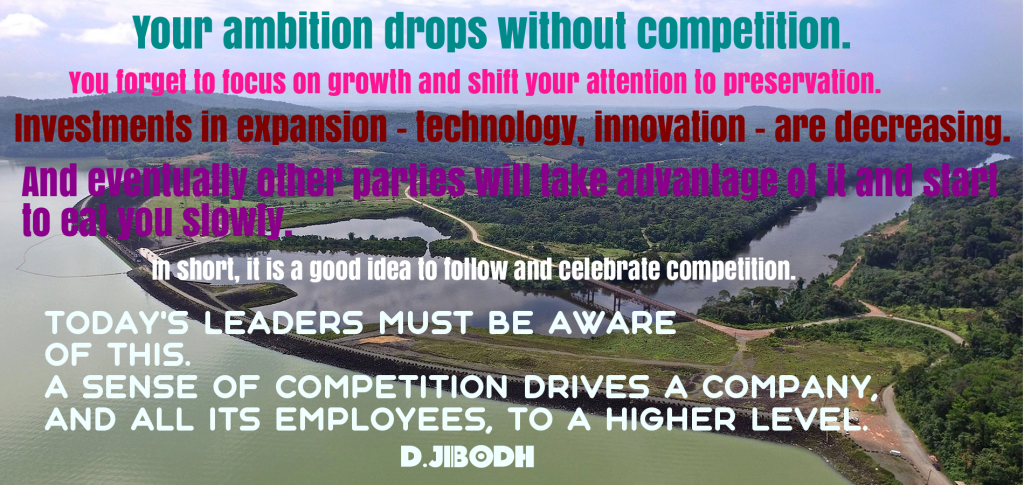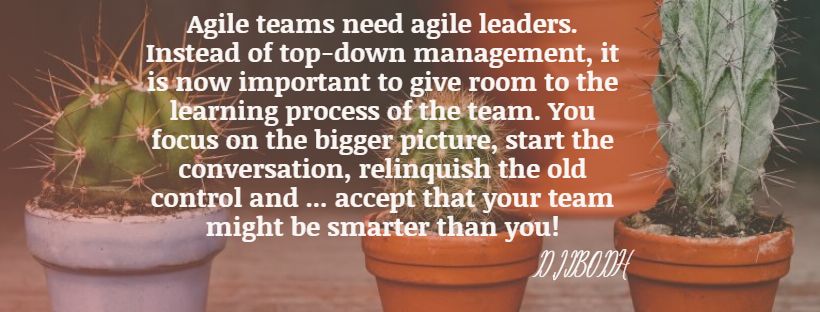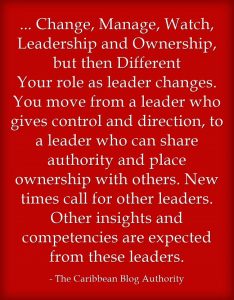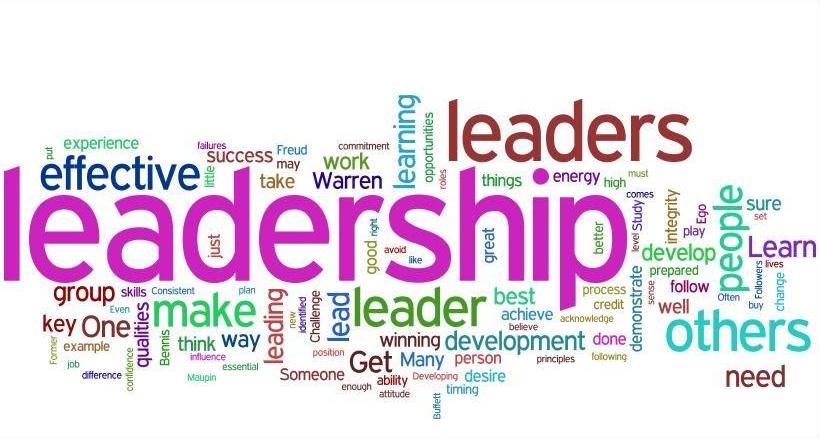This article explains the Charismatic leadership concept in a practical way. After reading you will understand the basics of this powerful leadership tool.

What is Charismatic Leadership?
Charismatic leadership is about personal conviction and is based on the leader’s charm and conviction. German sociologist and founder of bureaucracy theory , Max Weber introduced the term charismatic leadership in his essay The Tree Types of Legitimate Rule in 1958. Charismatic leadership is based on the personal qualities of the leader and his recognition by his followers, whereby is about an affective bond between the two. Max Weber saw charisma as an attribute of the individual, and it seems as if he / she is in possession of supernatural and exceptional powers.
Persuasiveness
Charismatic leaders are driven by their beliefs and demonstrate exceptional dedication and expertise in their field. They have a clear vision and are able to inspire a large audience. Charismatic leadership stands or falls with the personality of the leader. In addition, they are powerful speakers and committed personalities. They can lift their employees to a higher level and encourage them to make positive changes. In addition, they are also able to communicate on an emotional and empathic level with their followers. In organizations where hierarchy plays a major role, employees will follow the rules and procedures established by their leader. That is possible in such a bureaucratic organizationaccomplished by a charismatic leader who motivates and stimulates them. In organizations where the mission and vision are central, the charismatic leader will focus more on building a strong emotional bond with the employees and inspiring and encouraging them.
Followers
Charismatic leaders do not necessarily have to be the best leaders. People tend to follow others they personally admire. A charismatic leader will gather followers through his personality and charm, rather than any form of power or authority. It actually goes without saying and it comes across naturally. In charismatic leadership, the personal vision of the leader has a lot of influence on his audience and appeals to their emotion. Originally, charismatic leadership is authoritarian, but today a charismatic leader has even more in store:
- clear vision, which is conveyed well and clearly
- interpersonal behavior; always in contact with others, empathetic and emotionally oriented
- creating the sense of we
- confident appearance
Attention and trust
The charismatic leader is able to give equal attention to each individual. He will scan his environment and take everything in well. He is sensitive to the mood and atmosphere at that moment and he will sharpen his actions and words and adapt them to the situation. Charismatic leaders also show great respect and trust to their supporters. They themselves are very convincing and they make effective use of both non-verbal communication (body language) and verbal communication (choice of words and language). For this they use story techniques, metaphors and symbolism. On an emotional level, they can focus attention on a group, give them confidence and make the group special.
The charismatic leader focuses on identifying the group. Charismatic leadership is often thought to correspond to transformational leadership . Charismatic leadership, however, does not aim to bring about a change, but focuses purely on enthusing and motivating employees.
Can you learn charismatic leadership?
Charismatic leadership is not a substitute for true leadership style. It is a good way of personal development, which can help a manager to be stronger in his shoes. Charismatic leadership is innate on the one hand, but with the necessary help from, for example, a personal coach, the basic skills can indeed be learned. Below is a step-by-step path to charismatic leadership:
1. Security
You must be sure that you want to become a charismatic leader. Not to tackle uncertainty, but to communicate your plans and focus within the organization to employees. Practice ‘management by speech’ and regularly go to the workplace to address employees, inspire them and inform them of information that is important to them.
2. Personal values
Think about your personal values and what motivates you. From this background it is easier to motivate and stimulate others. Stand behind your own views and those of the organization, so that you can communicate it well to others.
3. Appearance
Effective charismatic leaders are aware of their appearance and feel comfortable. Many characteristics of charisma are expressed physically. Be aware of your appearance and what effect this has on the environment.
4. Preparation
Good preparation is half the job. This certainly applies to presentations. Where it seems that a charismatic leader speaks loosely in front of a group of people, in many cases good preparation precedes. It comes down to correct choice of words, timing, taking a rest at the right moments, looking at a crowd and intonation and use of voice.
5. Exercise
The properties of charism contain both tangible (for example, public speaking) and intangible elements (for example, appearance). By practicing with a coach you can work on the correct intonation, choice of words and convey a powerful message.
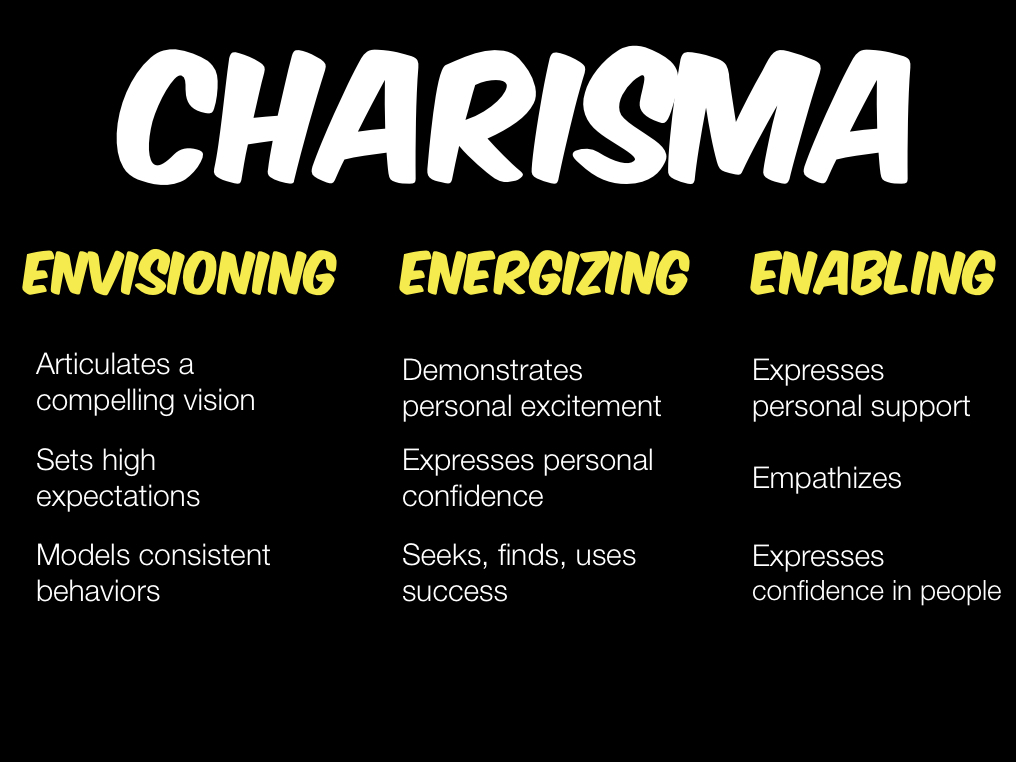
Pitfalls
Pitfalls can be attached to charismatic leadership. For example, such leaders are often so convinced of themselves and their abilities that they believe they are infallible. This enables them to lead their followers to a possible abyss. Their self-confidence can also lead to narcissistic and bigoted behavior towards the environment.
Below are three more pitfalls of charismatic leadership:
- Leaders can develop tunnel vision or arrogance and nullify their past good deeds.
- Organizations can become too dependent on their charismatic leaders and can no longer develop their own vision; when the leader leaves, the company is nowhere and out of control.
- Charismatic leaders tend to believe they are above the law and engage in certain behaviors that are not permitted by law or ethics.
Charismatic leaders examples
Several well-known charismatic leaders in history can already be identified on religious, political and business levels . Think for example of Martin Luther King , Barak Obama , Richard Brandson, Nelson Mandela and Steve Jobs.
All have the same in common; they are phenomenal public speakers, full of power behind the message they convey and responding to the feelings of their followers. Furthermore, they radiate inner peace, patience, empathy and compassion and they are able to motivate others. The world needs charismatic leaders because they fight for the quality of life and a better world. Charismatic leaders have the courage and conviction towards others and are willing to stand up to groups of people, organizations, society and the established order. In this way they can contribute to a common goal.

Now it’s your turn
What do you think? To what extent can Charismatic leadership be applied in today’s modern management environments? Do you recognize the above or do you have additions? What do you think are other success factors that can contribute to good charismatic leadership?
Share your knowledge and experience via the comment field at the bottom of this article.
If you found the article useful or practical for your own knowledge, please share it with your network to friends and business associates.







